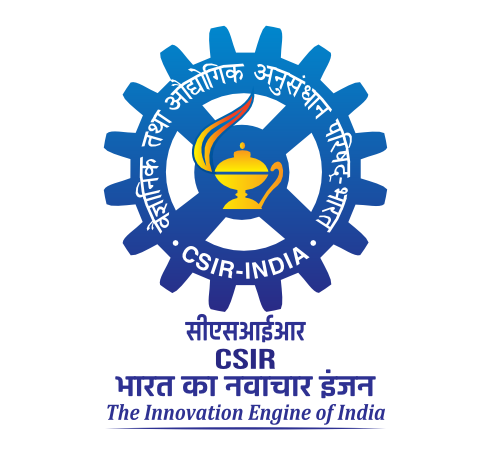Developments in osmotic dehydration
Rastogi, N. K. and Raghavarao, K.S.M.S. and Niranjan, K. (2005) Developments in osmotic dehydration. In: Emerging Technologies for Food Processing. Elsevier Ltd, pp. 221-249. ISBN 978-012676757-5
|
PDF
20250717172955015.pdf - Published Version Restricted to Registered users only Download (9MB) |
Abstract
Osmotic dehydration can be considered as the most eligible energy-saving method for the partial removal of water from foods, if and even as a method of preservation in case of candy preparation. It can affect marked reduction in the moisture content of the foods before they are subjected to further processing steps such as drying, freezing, or frying. Pretreatment with osmotic solution having concentrations lower than the natural cell concentration can improve rehydration characteristics. Osmotic dehydration can also be used for the natural concentration of fruits, which helps in obtaining better characteristics of food prepared from them, such as jam. Application of various pretreatments to osmotic dehydration such as high hydrostatic pressure, high electrical field pulses, gamma irradiation, ultrasound, vacuum, and centrifugal force, can overcome the long existing issues related to the inherently slower mass transfer rates. With the advent of newer technologies involving adsorbence and membranes, the problem of handling used osmotic solution may find newer means of resolution, which will further increase the economical feasibility of this technology. © 2005 Elsevier Ltd All rights reserved.
| Item Type: | Book Section |
|---|---|
| Uncontrolled Keywords: | osmotic dehydration |
| Subjects: | 600 Technology > 08 Food technology > 06 Preservation and Storage > 02 Drying and Dehydration |
| Divisions: | Food Engineering |
| Depositing User: | Somashekar K S |
| Date Deposited: | 23 Sep 2025 09:18 |
| Last Modified: | 23 Sep 2025 09:18 |
| URI: | http://ir.cftri.res.in/id/eprint/19829 |
Actions (login required)
 |
View Item |

